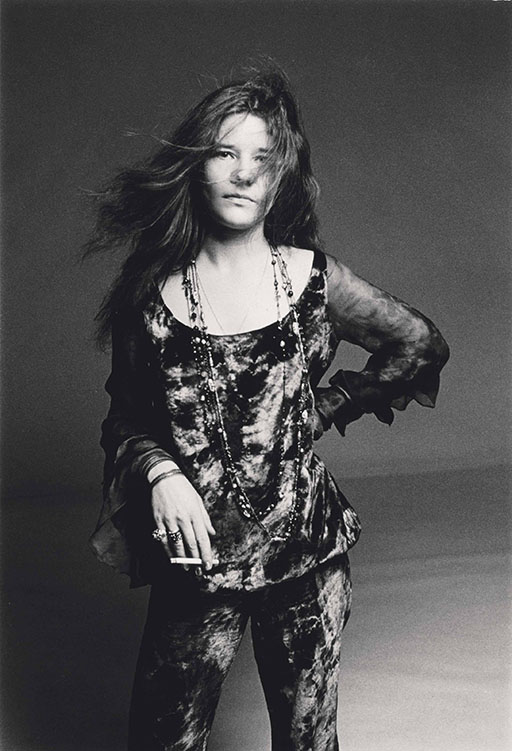6 Joplin’s image and reception
Joplin’s career illustrates many of the issues faced by female musicians working within the male-dominated world of rock. Firstly, as Whiteley has commented, as frontwomen of rock bands, female singers are ‘the focus of audience attention not simply for what they sing, but for how they look’ (Whiteley, 2000, p. 52). With her untamed hair and acne-scarred skin, many commentators have noted that Joplin was, as Whitley expresses it, ‘conventionally unattractive in terms of traditional representations of feminine beauty’ (Whiteley, 2000, p. 51). Negative views of her looks had troubled Joplin since she was nominated as the ‘ugliest man on campus’ while at the University of Texas at Austin in 1962 (which, although she did not win, deeply hurt her). Contrary to this, Joplin was also celebrated and desired as ‘the first pin-up hippie girl’ and ‘first major girl sex symbol in rock’ (O’Brien, 2012, p. 87). Whatever others might have thought of her looks, Joplin cultivated a flamboyant image. The many photographs taken of her at the height of her career show a long-haired woman in flowing layers of hippie-influenced clothes, dripping with fashion jewellery and glitzy accessories.

